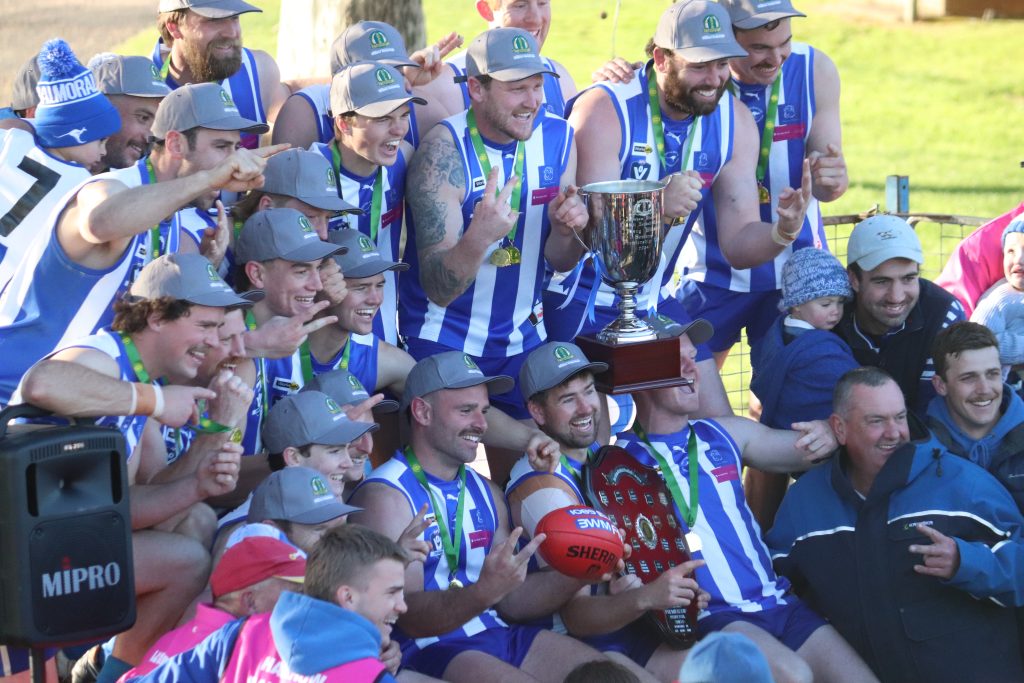Last year, Planet Football investigated how much damage anterior cruciate ligament (ACL) injuries were doing to professional football. They created a starting lineup of the highest value players to miss game time as a result of the debilitating injury, totalling nearly $1 billion. However, while men’s football has seen an increase in ACL injuries, the main cause for concern is the rapidly rising number of cases within women’s football.
Professional footballers get injured all the time due to the physical demands and fast turnaround of their profession. However, factors like congested fixtures, shortened recovery periods and even long-haul flights may contribute to a spike in the number of long-term knee injuries.
A list compiled by the ACL Women’s Football Club, a fan sharing data on ACL injuries, shows that close to 200 professional women’s footballers had suffered an ACL injury in the 18 months leading up to the 2023 Women’s World Cup. Since then, the number has increased by a further 300.
This is partially due to more women’s football being played following the success of the World Cup. Last season the A-League Women’s regular season increased by four games, expanding further to a 23-game season this time around. Due to more packed calendars, players are now subject to more strain on their bodies over recovery periods. The International Federation of Professional Footballers (FIFPRO) say that this is increasing the workload on already fatigued athletes, resulting in a greater risk of serious injury.
In April of this year, FIFPRO launched ‘Project ACL’. According to the organisation, the three-year long project aims to better understand the current working environment, identify best practice and provide solutions to reduce ACL injuries. This project is a big step in improving the structure of women’s football, which has otherwise failed to keep up at the same rate the game has advanced.
Samantha Lewis, a digital sports journalist for the ABC who specialises in both Australian women’s football and the women’s game overall, she tells upstart that the current structure in place is susceptible to environmental factors.
“Like the wider women’s football ecosystem, the infrastructure surrounding ACL prevention, rehabilitation, and reintegration is incredibly fractured, with some clubs and federations leading the way, while others lag far behind,” she says.
“Football Australia is one of the better national federations in this space, incorporating ACL-prevention exercises into all their national team programs with their Perform+ guidelines.”
“But the same cannot be said for many clubs across the world.”
When playing on the international stage, the Matildas have been hit by ACL injuries, including star Sam Kerr.
Due to the increased number of international fixtures, the Matildas have travelled to all corners of the globe in order to play. Earlier this year, former coach Tony Gustavsson said that more attention needed to be paid to the impact of long-haul flights on the bodies of the players.
These long-haul flights are something Dr Fiona Crawford, lecturer at the Queensland University Centre of Technology and writer of The Matilda Effect, says are taking their toll.
“They’re physically fatigued every time they’ve had to play an international match. I can’t tell you how many times they’ve flown back from America, Europe or the UK and the amount of long-haul flights,” she says. “Even for the friendly against China it’s a long flight.”
“They need to balance profit with player welfare. That’s a tricky one because players want to play and perform really well. We as fans want to watch them and FIFA want to make it more commercially viable.”
Although female footballers are two to six times more likely to suffer an ACL injury than their male counterparts, research suggests biomechanical factors such as knee laxity and muscular imbalance cannot be used to explain the drastic number of pros currently on the sidelines.
Lewis says that as women’s football rapidly evolves, proper infrastructure and support for footballers who have sustained these kinds of injuries also needs to be funded and developed more than it has been to keep up. One aspect is the right support networks for players, to ensure those who suffer long-term knee injuries have the right facilities in place to aid the recovery process.
“This is where player unions like FIFPRO are so important,” she says. “As the trade union representatives of the players, they are able to advocate for improvements to club environments, as well as lobby for changes to player contracting.”
FIFPRO’s Project ACL plans to dive deeper into academic research and unify how workloads are monitored to provide clear strategies, presented globally for federations to include in their women’s football programs. Clear outlines for proper support networks will also be provided.
Dr Crawford says these networks need to be emphasised to optimise player welfare.
“There’s so much we don’t know, and I don’t think we’ve factored in the mental health and mental fatigue yet,” she says. “Our understanding will shift from the physical and biological, as it needs to be because we need to solve that.”
“However I think there will be a second phase eventually where we look at mental fatigue and mental health and how the brain and body are not separate.”
Article: Ethan Rigg is a third-year Bachelor of Media and Communications (Journalism) student at La Trobe University. You can follow him on Twitter @ethanrigg7.
Photo: London City Lionesses 3 Lewes FC Women 2 28 04 2024-435.jpg by James Boyes is available HERE and is used under a Creative Commons License. This image has not been modified.






